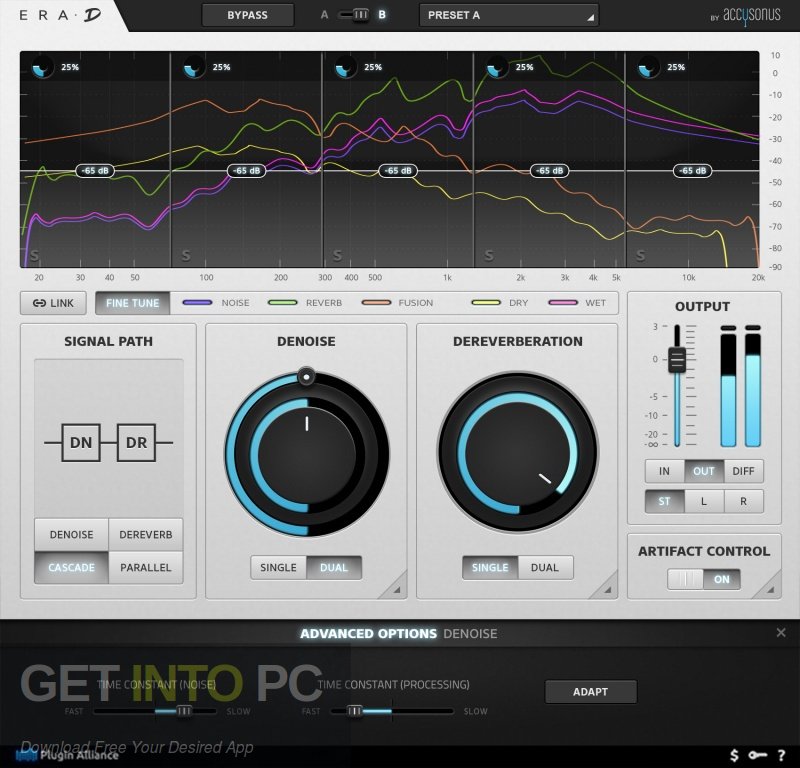

Specific actions cannot be taken to prevent this failure from occurring. Though variance is a problem, it is an inherent part of a process-variance will eventually creep in, and it is not much you can do about it. Common causes of variance are the usual quantifiable and historical variations in a system that are natural. You’ll need to know about Common Causes Variation vs Special Causes Variation because they are two subjects that are tested on the PMP Certification and CAPM Certification exams.Ĭommon Cause Variation, also referred to as “Natural Problems, “Noise,” and “Random Cause” was a term coined by Harry Alpert in 1947. There are two types of Variance: Common Cause Variation and Special Cause Variation. You’ll need to know what kind of variation affects your process because the course of action you take will depend on the type of variance. Are you looking forward to making a mark in the Project Management field? If yes, enroll in the PMP Certification Program now and get a step closer to your career goal! Types of VarianceĬhange is inevitable, even in statistics. A high variance shows that the data points are spread out from each other-and the mean, while a smaller variation indicates that the data points are closer to the mean. If you attain a variance of zero, it indicates that your results are identical - an uncommon condition. In other words, variance gives us an idea of how data is distributed about an expected value or the mean.

Variation may be defined as “the numerical value used to indicate how widely individuals in a group vary.”

Objects don’t move randomly over time, but noise does.Every piece of data which is measured will show some degree of variation: no matter how much we try, we could never attain identical results for two different situations - each result will be different, even if the difference is slight. Video is a changing image, it moves over time. The answer lies on the very nature of video. How can we know that bright spot on the beach is caused by a sand grain or a noisy pixel? What’s different between a video of a sand beach and pure noise? They both have small detail, the pattern is random in most cases and it affects all of the channels. Our goal is to find a criteria which helps us to separate the damage pixels. A median filter is more subtle, but it will only work when the noise is very visible and very small. A blur filter will remove all the noise, but it will also destroy the rest of the image.

You could try to look for small pixels which differ from the surrounding patterns, you could try to smooth the hole images keeping the borders intact, you could apply complex statistical models which decide if a pixel is susceptible to be noisy, etc.īut we do not want to affect the detail and textures of the image. There are many ways to decide how much noise a pixel has.


 0 kommentar(er)
0 kommentar(er)
